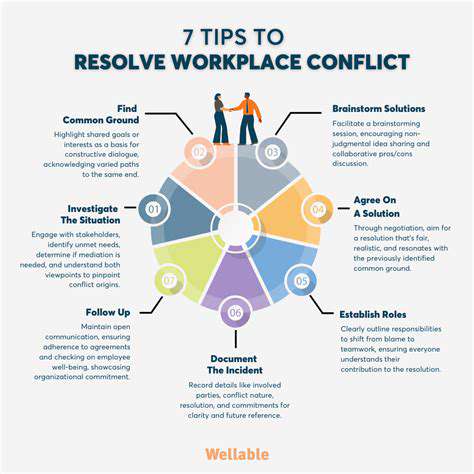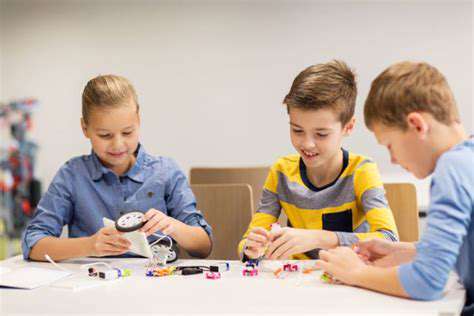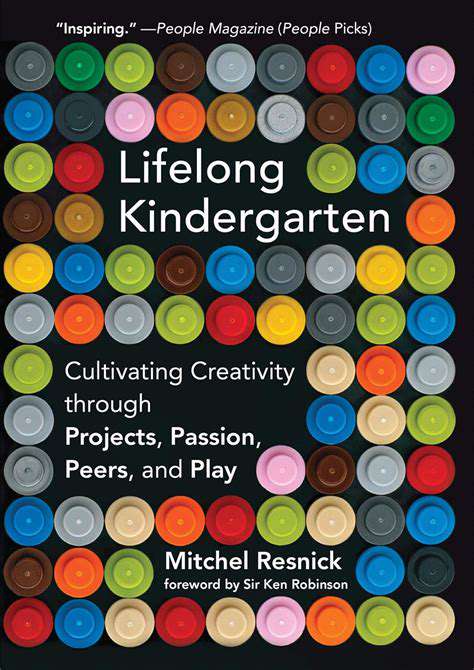Early Literacy Games: Making Learning to Read Enjoyable
Print awareness is a crucial precursor to reading and writing. It's the understanding that print carries meaning and that words are organized in a specific way on a page. This foundational skill helps children recognize the difference between print and pictures, understand the directionality of print (left-to-right, top-to-bottom), and grasp the concept that print conveys a message. Developing this awareness early on is vital for future literacy success.
Identifying Print in the Environment
Children need exposure to print in their everyday lives. This includes noticing print on signs, labels, books, and packaging. Actively pointing out and naming these instances of print can help solidify the concept of print in their minds. It's important to make these encounters interactive and engaging, using questions and conversation to reinforce the idea of print's significance.
Understanding Print's Directionality
Understanding that print moves from left to right and top to bottom is a significant aspect of print awareness. Activities like tracing letters or words, or following the direction of arrows pointing to print, can be helpful in solidifying this concept for young learners. These activities help children develop a foundational understanding of how print works in the world around them. This understanding will lay the groundwork for their reading and writing development.
Recognizing Print as a Means of Communication
Children need to understand that print conveys a message. By pointing out the words on signs, labels, and books, and explaining what the print means, you can help them grasp this concept. Reading stories aloud, and showing how the words in the stories correspond to the images, helps in fostering this understanding. This connection between print and meaning is essential to later reading comprehension.
Exploring Different Types of Print
Introducing children to different types of print, such as large print, small print, bold print, and different fonts, can be a valuable learning experience. Highlighting these variations can stimulate their curiosity and encourage them to explore the diverse ways print is used. This exposure helps them develop a broader understanding of the visual representations of language.
Utilizing Print in Play-Based Learning Activities
Engaging children in play-based learning activities that incorporate print can be incredibly effective. Creating a pretend store with price labels, drawing pictures and writing captions, or even making up their own stories can help them actively use print in a fun, meaningful way. These interactive experiences can make print learning more engaging and promote a positive association with print.
The Role of Family and Educators in Promoting Print Awareness
Parents and educators play a critical role in fostering print awareness in young children. Regular interactions with print, through reading aloud, labeling objects, and creating print-rich environments, are crucial in supporting their development. Consistent exposure to print in various forms fosters early literacy skills and sets the stage for future academic success. Providing opportunities for children to engage with print in their daily routines is essential.
Selecting and Implementing Effective Early Literacy Games
Choosing Age-Appropriate Games
Selecting early literacy games requires careful consideration of the developmental stage of the child. Preschoolers, for example, benefit from games emphasizing pre-reading skills like recognizing shapes, colors, and rhyming words. These foundational elements build a strong cognitive foundation for future literacy development. Interactive games that incorporate sensory experiences, like manipulating blocks with different textures or matching pictures to their corresponding words, are particularly effective in this age group. Choosing games that are both engaging and educational is crucial for fostering a positive learning experience.
Older preschoolers and kindergarteners can progress to games that introduce more complex concepts, such as letter recognition, phonics, and simple sentence structures. Games that encourage storytelling, vocabulary building, and comprehension skills are important for this stage. Looking for games that provide opportunities for collaborative play and problem-solving can further enhance their learning experience and social interaction. The games should also be developmentally appropriate and align with the curriculum being used in the classroom, if applicable.
Implementing Games Effectively
Effective implementation of early literacy games goes beyond simply providing the materials. Creating a supportive and engaging learning environment is essential. This includes minimizing distractions and ensuring that children feel comfortable participating and asking questions. Clear instructions and demonstrations of how to play the game are also crucial to ensure that everyone understands the rules and objectives. Positive reinforcement and encouragement are important to foster a love of learning and build confidence in young learners.
Parents and educators should actively participate in the game-playing experience. This provides opportunities for interaction, modeling appropriate behaviors, and providing individualized support. Observing children's interactions and understanding their strengths and weaknesses helps tailor game choices and strategies to best meet their individual needs. Furthermore, incorporating the games into a larger literacy-rich environment, such as a dedicated reading corner or a classroom library, can reinforce the importance of literacy and create a positive association with learning activities.
Maximizing Learning Outcomes
To truly maximize the learning outcomes of early literacy games, it's important to consistently assess children's progress. This can be achieved through informal observations of their engagement, participation, and understanding. Monitoring their comprehension levels and their ability to apply learned concepts in different contexts provides valuable insights. Regularly evaluating their responses and understanding, and then adapting the games or activities to better suit their needs helps children progress at their own pace. Furthermore, incorporating games into a broader literacy curriculum and linking them to other learning activities creates a more comprehensive and effective learning experience.
Tracking children's progress over time allows educators and parents to identify areas where they might need extra support or encouragement. This data-driven approach allows for adjustments in the types of games used, the strategies employed, and the learning environment to ensure that children consistently experience success and continued growth in their literacy development. Adapting the games and activities to incorporate various learning styles ensures that every child has the opportunity to succeed and thrive in their literacy journey.











